Nike Air
5.945 articles- Nike
- Air Pegasus Wave
- "Flat Silver & Vast Grey"
- Nike
- Air Max 1 '86 x Jacquemus
- "Sail & Summit White"
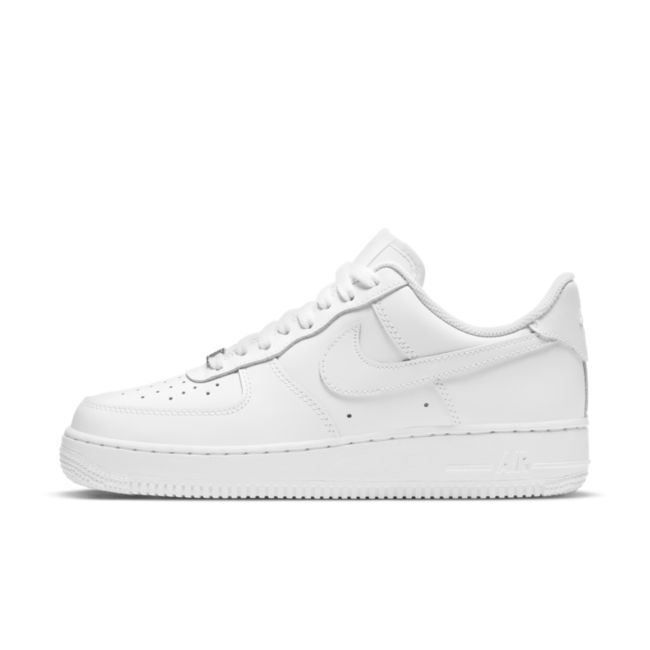
- Nike
- Air Force 1 '07
- "Triple White"
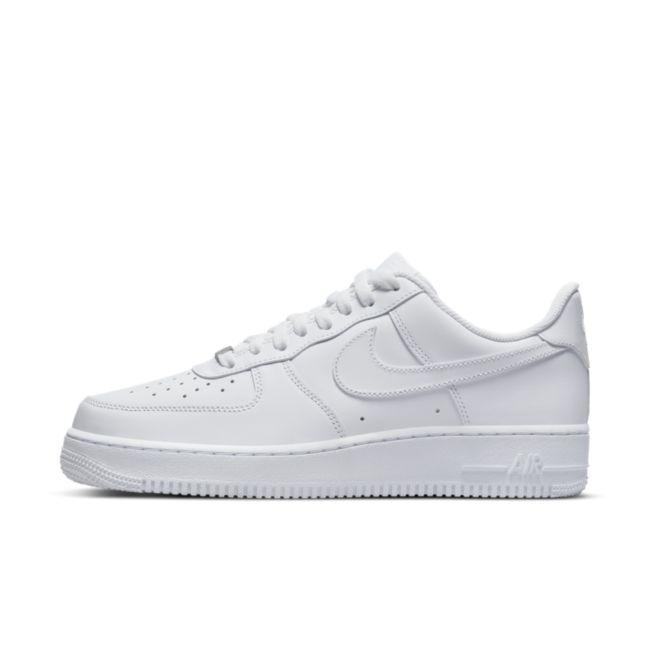
- Nike
- Air Force 1 '07
- "Triple White"
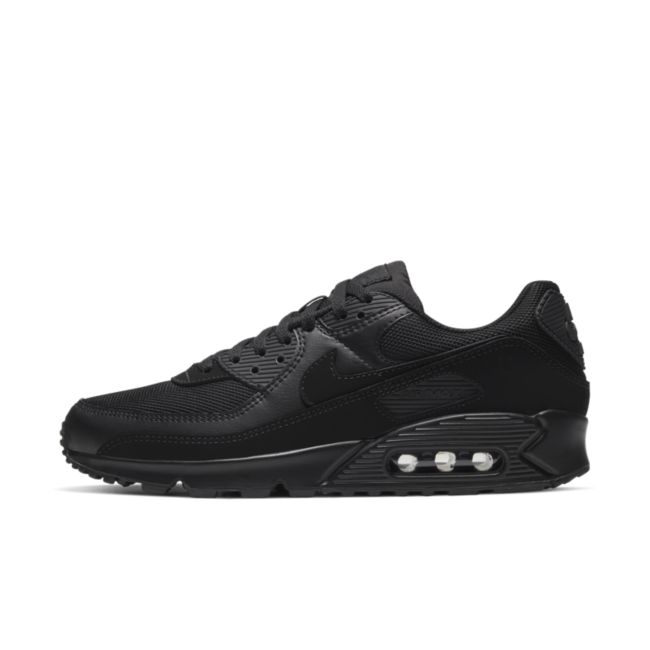
- Nike
- Air Max 90
- "Triple Black"
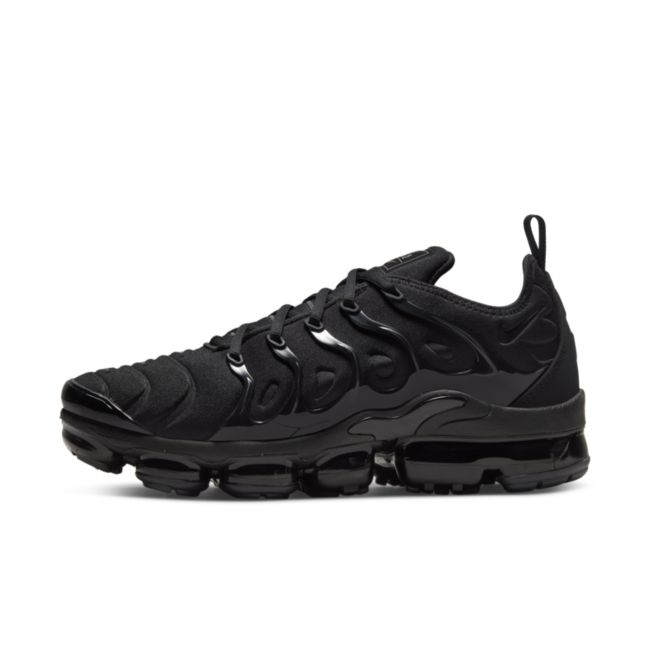
- Nike
- Air VaporMax Plus
- "Triple Black"
- Nike
- Air Force 1 Sage Low
- "Particle Beige"
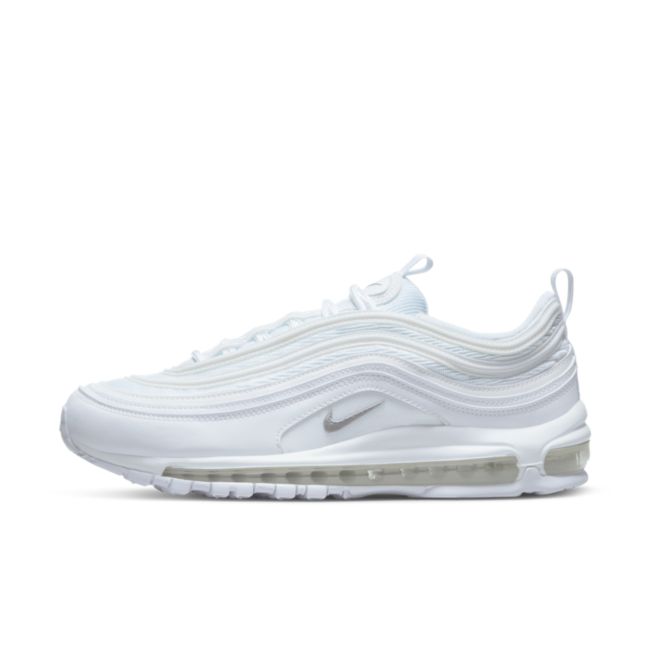
- Nike
- Air Max 97
- "White & Wolf Grey"
- Nike
- Air Force 1 '07 WB
- "Flax"
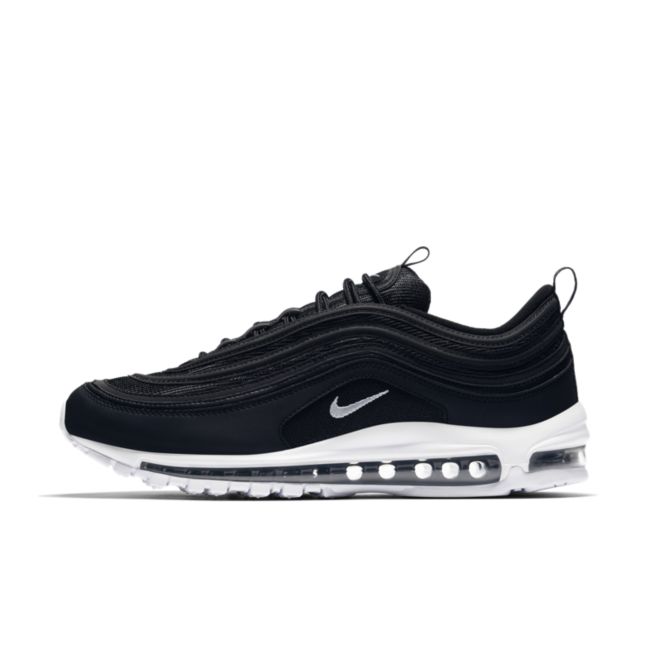
- Nike
- Air Max 97
- "Black & White"
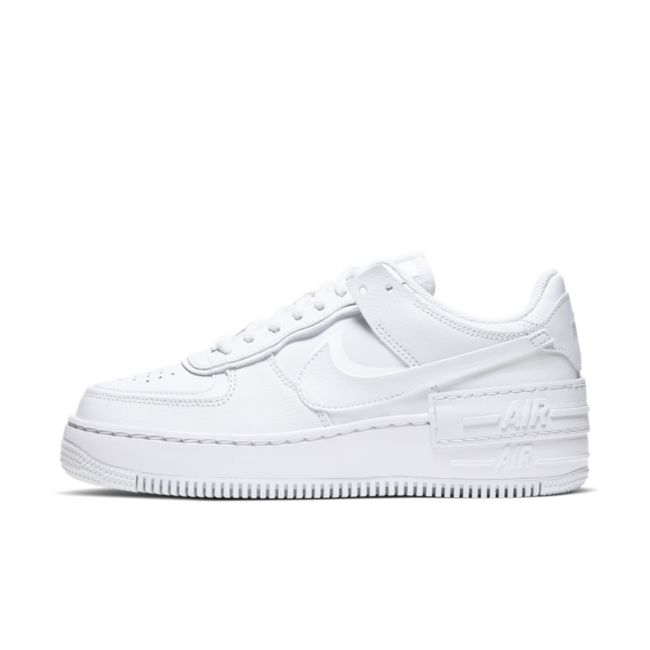
- Nike
- Air Force 1 Shadow
- "Triple White"
- Nike
- Air Force 1 Luxe
- "Summit White"
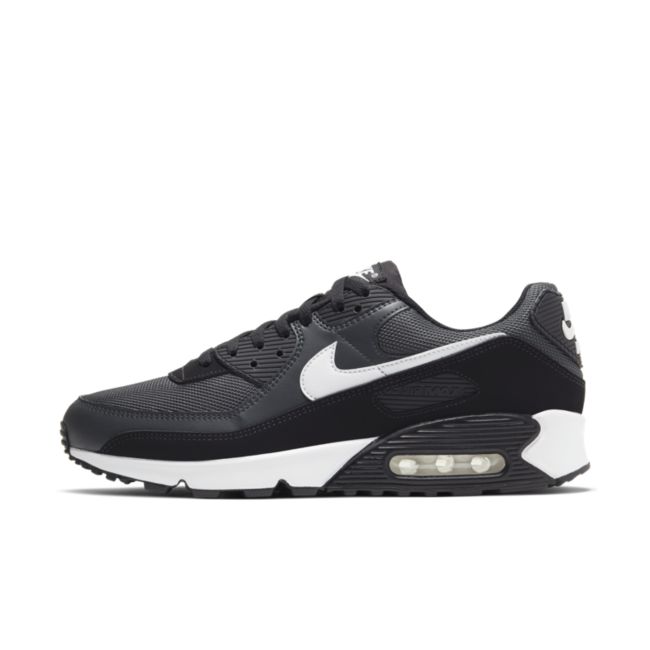
- Nike
- Air Max 90
- "Dark Smoke Grey & Black"
- Nike
- Air Max 90
- "Wolf Grey"
- Nike
- Air Max 270
- "Playful Pink"
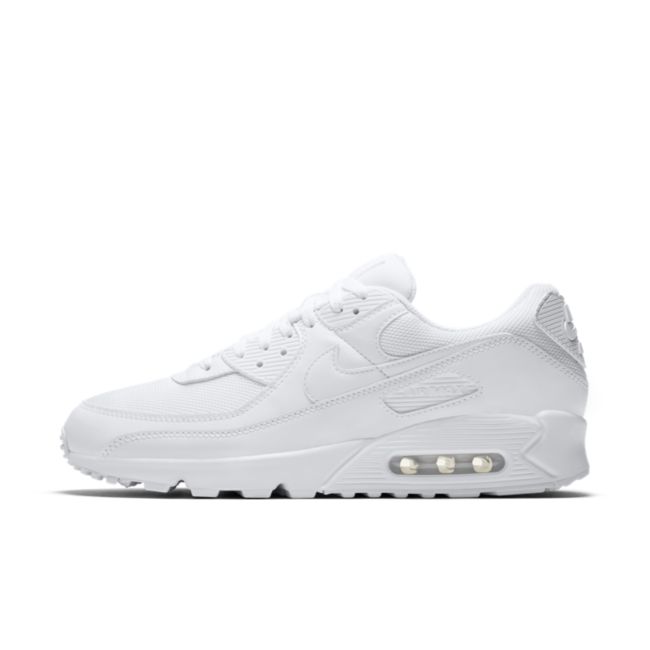
- Nike
- Air Max 90
- "Triple White"
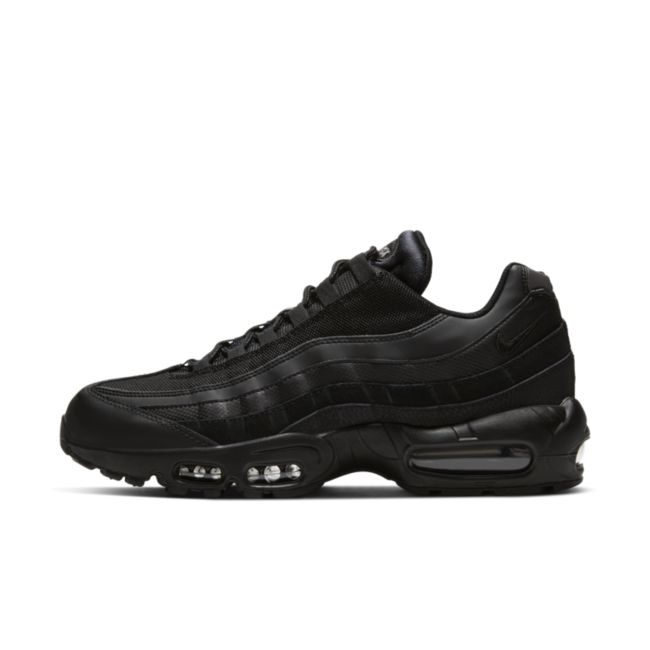
- Nike
- Air Max 95 Essential
- "Triple Black"
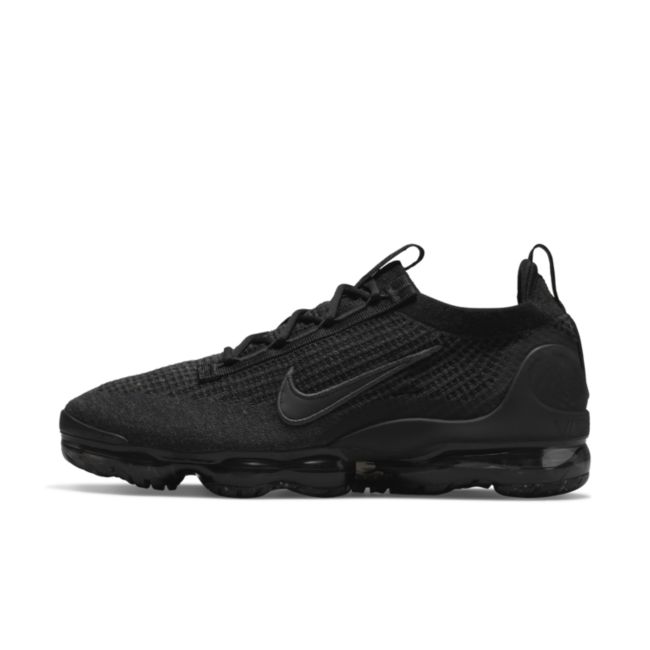
- Nike
- Air VaporMax 2021 Flyknit
- "Triple Black"
- Nike
- Air Force 1 '07
- "Sail & Black"
- Nike
- Air Force 1 '07
- "Panda"
- Nike
- Air Force 1 Shadow
- "Sea Coral"
- Nike
- Air Huarache Runner
- "Summit White"
- Nike
- Air Force 1 Wild
- "Wheat Gold"
- Nike
- Air Dunk Jumbo
- "Reverse Panda"
- Nike
- Air Force 1 Mid x Off-White™
- "Pine Green"
- Nike
- Air Force 1 '07
- "White & Icy Blue"
- Nike
- Air Force 1 Low Retro
- "Color of the Month"
- Nike
- Air Max 90
- "Olive Reflective"
- Nike
- Air Force 1 '07 Mid
- "Fresh"
- Nike
- Air Force 1 Low x Slam Jam
- "Triple Black"
- Nike
- Air Max 720 x Undercover
- "University Red"
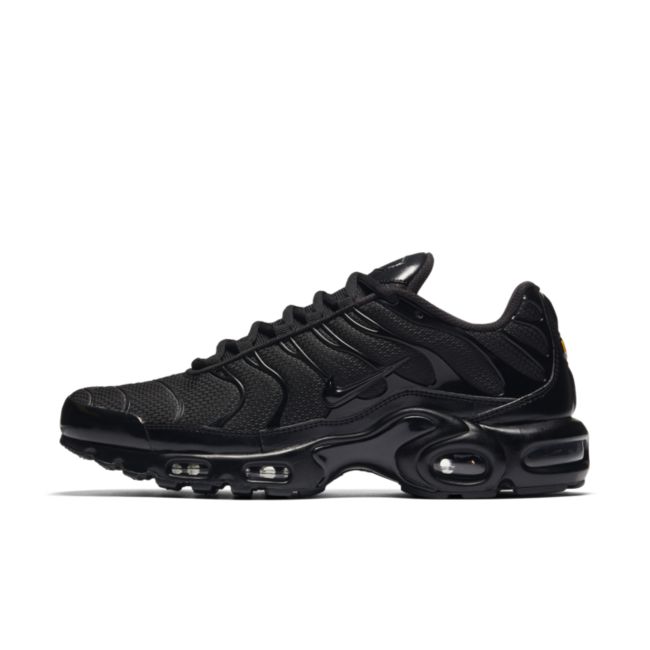
- Nike
- Air Max Plus
- "Triple Black"
- Nike
- Air Force 1 Low '07
- "White & Multi"
- Nike
- Air Force 1 Low Retro
- "Color of the Month"
- Nike
- Air Force 1 Low Retro
- "Color of the Month"
- Nike
- Air Max 1 Premium
- "Urawa"
- Nike
- Air Max 1 Premium
- "Coral Stardust Corduroy"
- Nike
- Air Force 1 Low Retro QS
- "West Indies"
- Nike
- Air Force 1 '07 LX
- "Coconut Milk"
- Nike
- Air Huarache Runner
- "Black & Medium Ash"
- Nike
- Air Huarache Runner
- "Black & Anthracite"
- Nike
- Air Max 95
- "Anatomy of Air"

- Nike
- Air Force 1 PLT.AF.ORM
- "Black"
- Nike
- Air Max SNDR GORE-TEX
- "Black & Dark Smoke Grey"
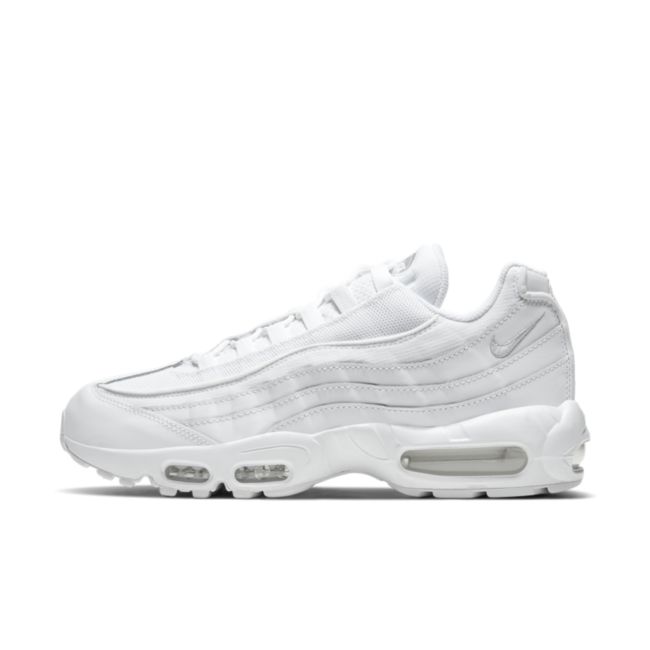
- Nike
- Air Max 95 Essential
- "Triple White"
- Nike
- Air Max 1
- "Chili 2.0"

- Nike
- Air Force 1 PLT.AF.ORM
- "Triple White"
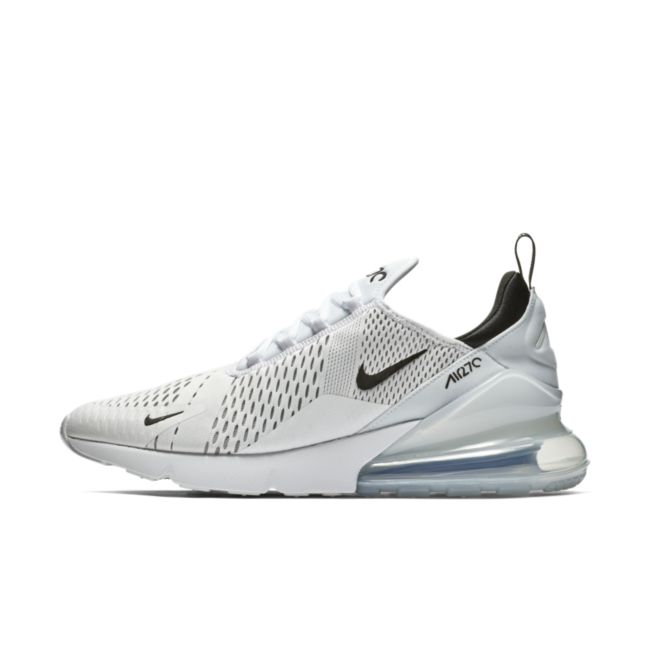
- Nike
- Air Max 270
- "White & Black"